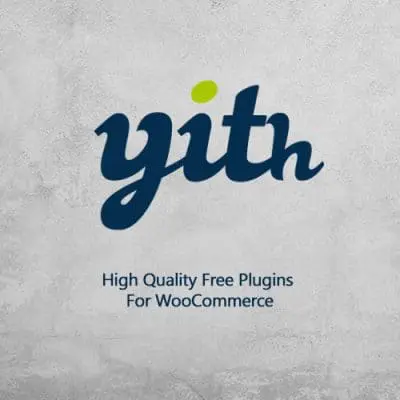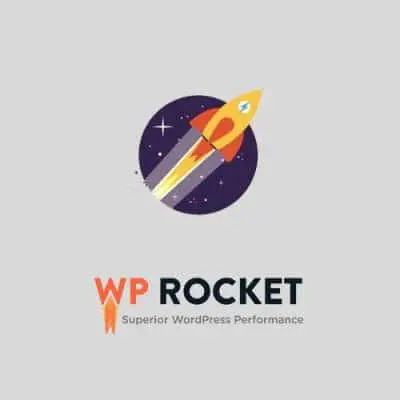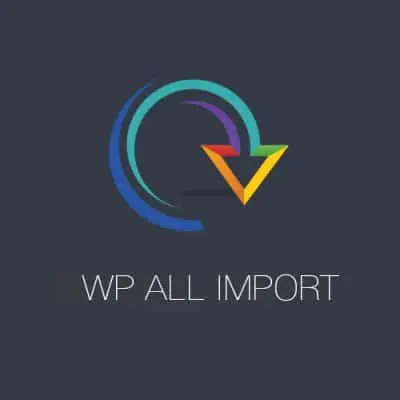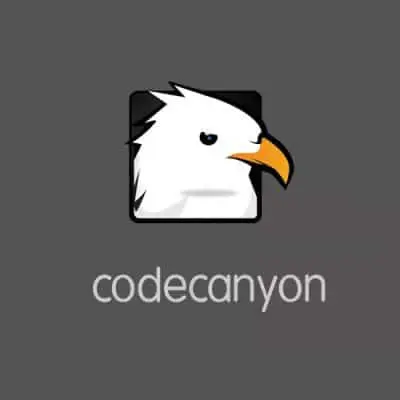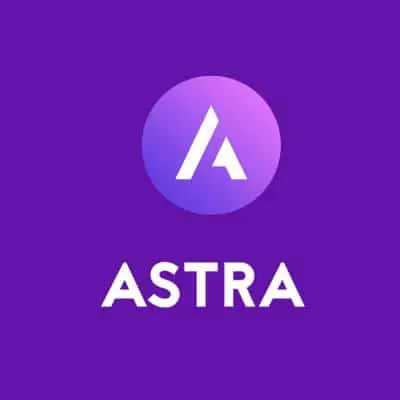But wait, there’s more! With GPL licensed themes, the choices are practically endless. Whether you’re running a blog, an e-commerce site, or a portfolio, you’ve got a plethora of options at your fingertips. It’s like shopping for ice cream—you’ve got all these delicious flavors, and each one has its own unique twist! From minimalistic designs to vibrant layouts, the variety in GPL themes ensures you can find something that resonates with your brand.
And let’s not forget about community support. When you choose a GPL licensed theme, you’re not just selecting a pretty design; you’re stepping into a bustling neighborhood filled with helpful folks. Say goodbye to the stress of website creation! With forums, tutorials, and user-generated content popping up like daisies, you’re never alone in this journey. Imagine having a team of fellow designers cheering you on and ready to help troubleshoot your way through any hiccups.
Plus, because these themes can be modified, if you have a tinkerer’s spirit, you can customize your site to fit your vision without needing to learn coding overnight. It’s like being handed the keys to a workshop, where you can create something uniquely yours! Why stick with the ordinary when the extraordinary is just a click away?
How to Choose the Right GPL Theme|wordpress
First off, think about the purpose of your website. Are you running a blog, an online store, or maybe a portfolio? Just like you wouldn’t wear a tuxedo to a beach party, you shouldn’t choose a theme that doesn’t align with your site’s goals. Once you’ve narrowed that down, look for themes that offer the features you need, like custom widgets or easy integration with social media. It’s all about functionality!
Now, let’s talk aesthetics. We all know that looks matter! Browse through different demos to see how the theme presents its content. Does it breathe the vibe you’re going for, or does it feel like a mismatch? A clean, visually-pleasing theme can make your brand shine like a diamond.
Also, don’t forget about responsiveness. In today’s mobile-driven world, your theme should look just as good on a smartphone as it does on a desktop. Imagine showing off a beautiful, high-quality picture of your cat, only for it to get squished into an unrecognizable blob on a phone screen—yikes!
Frequently Asked Questions
Can I customize GPL licensed themes freely?
You can modify GPL licensed themes as you wish, including customizing, redistributing, and using them for personal or commercial projects. However, any derivative work must also be licensed under the GPL, ensuring that the same freedoms apply to others.
Is community support available for GPL licensed themes?
Community support for GPL licensed themes is generally available through forums, user groups, and online platforms where users can share experiences, ask questions, and provide solutions. This support is often driven by the open-source nature of GPL themes, allowing users to collaborate and enhance their experience.
How do GPL licensed themes compare to premium themes?
GPL licensed themes are open source, allowing users to freely use, modify, and distribute them. They are often community-driven and may lack dedicated support. In contrast, premium themes typically come with a cost and offer exclusive features, regular updates, and dedicated customer support. The choice between the two depends on the user’s needs for customization, budget, and support.
Where can I find GPL licensed themes for my website?
You can find GPL licensed themes for your website on various platforms such as WordPress.org, GitHub, and specialized theme repositories. Additionally, many developers offer their themes directly on their websites under the GPL license, providing a wide range of options for customization and use.
What are the main benefits of using GPL licensed themes?
Using GPL licensed themes allows users to freely modify, share, and distribute the theme without restrictions. This fosters collaboration and community support, ensuring that themes are continually improved. Additionally, GPL licensed themes often come with extensive documentation and support from users and developers, enhancing the overall user experience. They promote transparency and security, as the open-source nature permits scrutiny of the code.




